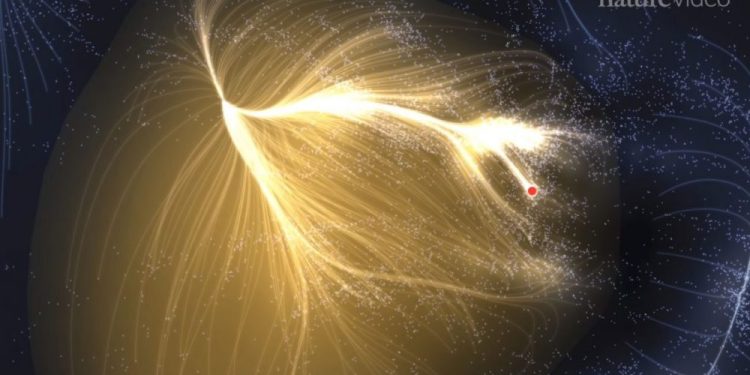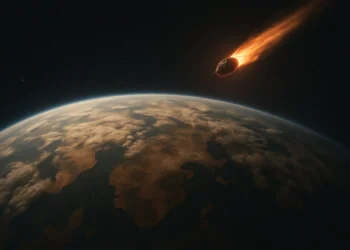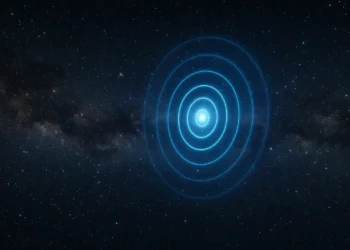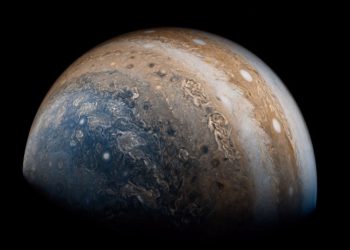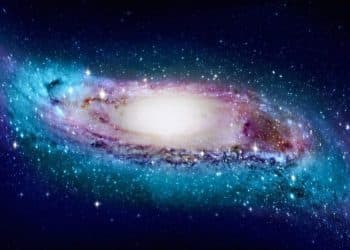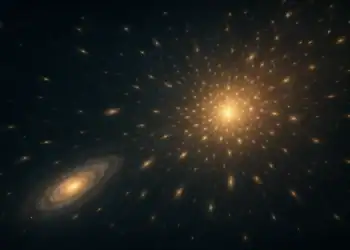The Laniakea supercluster is one of the most mind-bending structures ever charted in the observable universe. Stretching over 500 million light-years and containing more than 100,000 galaxies—including our own Milky Way—this colossal web of matter reshapes how we understand our cosmic neighborhood. Thanks to recent efforts by astronomers to map over 8,000 nearby galaxies, we now have a much clearer picture of where we are in the vastness of space—and it turns out we’re part of something much bigger than we ever imagined.
Zooming out: what’s our place in the universe?
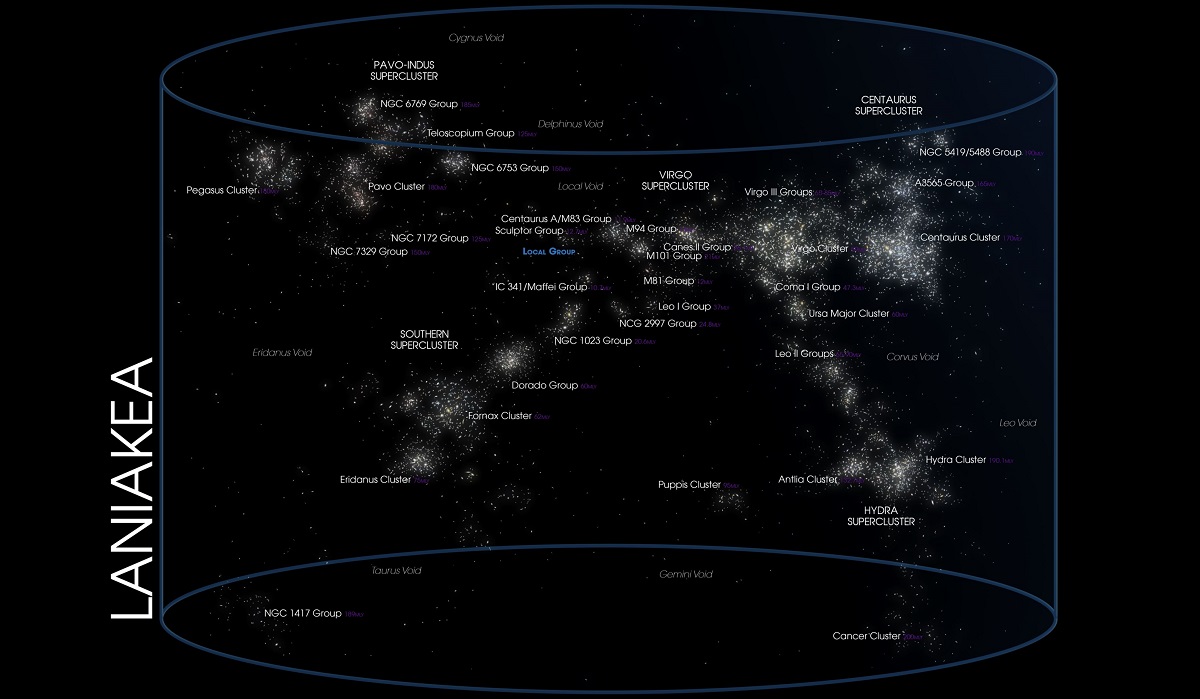
Most of us can picture our location on Earth. Maybe even in the solar system. But when it comes to placing ourselves in the broader universe, it gets difficult fast. The Milky Way itself is vast—over 100,000 light-years across and home to hundreds of billions of stars. And yet, our galaxy is just one of many in a gravitationally linked system that drifts through space together.
Using radio telescopes, a team of researchers began mapping the position and motion of over 8,000 nearby galaxies. Their goal: to better understand the structure of the universe around us. What they uncovered was a sprawling superstructure of unimaginable scale—an interconnected region of galaxies that they named Laniakea, which means “immense heaven” in Hawaiian.
What is the Laniakea supercluster?
The Laniakea supercluster spans roughly 520 million light-years and includes an estimated 100,000 galaxies. It’s structured like a massive flow of galactic traffic—clusters of galaxies moving together, shaped by gravity and large-scale cosmic forces. At the heart of this structure lies what’s known as the Great Attractor, a dense region of mass that appears to draw in galaxies from all directions.
Laniakea is divided into several key substructures, which were once considered separate superclusters:
-
The Virgo Supercluster, which includes the Milky Way
-
The Hydra-Centaurus Supercluster
-
The Pavo-Indus Supercluster
-
The Southern Supercluster, including the Fornax and Dorado groups
Together, these regions form a cohesive supercluster complex, unified by the motion of its galaxies toward the Great Attractor.
How was Laniakea discovered?
The discovery of the Laniakea supercluster was made possible by analyzing the peculiar velocities of galaxies—how they move through space beyond the expansion of the universe itself. Researchers from the University of Hawaii and other institutions used redshift data and velocity flows to map out how galaxies are gravitationally moving in relation to one another.
They realized that many galaxies, including our own, were drifting toward a common center. By tracing these flows, the team defined the boundaries of the Laniakea supercluster—essentially drawing a map of the galaxies affected by the same gravitational basin.
This approach gave astronomers a new way to understand superclusters—not just as clusters of galaxies sitting near each other in space, but as systems defined by motion and mutual gravitational pull.
A structure that won’t last forever
Despite its scale, the Laniakea supercluster isn’t permanent. It’s not gravitationally bound in the way that galaxies or galaxy clusters are. Over billions of years, the accelerating expansion of the universe—driven by dark energy—will tear Laniakea apart.
Unlike clusters, which remain gravitationally intact, superclusters like Laniakea are considered temporary arrangements in the larger evolution of cosmic structure. Eventually, the galaxies that make up Laniakea will drift too far from each other to remain part of a coherent whole. But for now, this massive region of the universe offers us a profound new understanding of where we are—and how the universe is organized on the largest scales.
The discovery of the Laniakea supercluster puts our galaxy into context—nothing more, nothing less. It’s not about grandeur or poetry. It’s about understanding where we are. We now know the Milky Way isn’t drifting alone. It’s moving with tens of thousands of other galaxies, all pulled in the same direction by something we can’t even see clearly yet. That doesn’t solve the big questions. But it gives us a starting point—a location on the cosmic map. For now, that’s enough.



